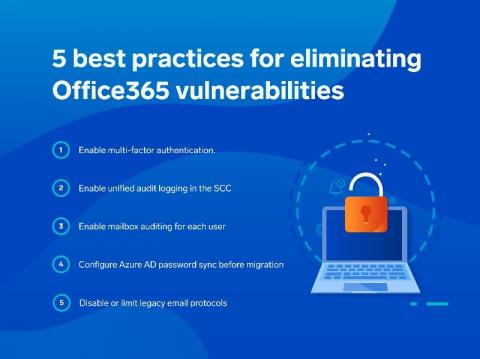The Difference Between Strategic and Operational Risk
Strategic risk and operational risk are both valuable to organizations and are critical in managing an organization’s overall risk management program. Organizations are finding that strategic risk management is something that can’t be done the same old way and requires new creative thinking in order to execute successfully. Operational Risk Management is important to make sure there are plans in place to remove roadblocks in order for organizations to execute against their strategic plans.









